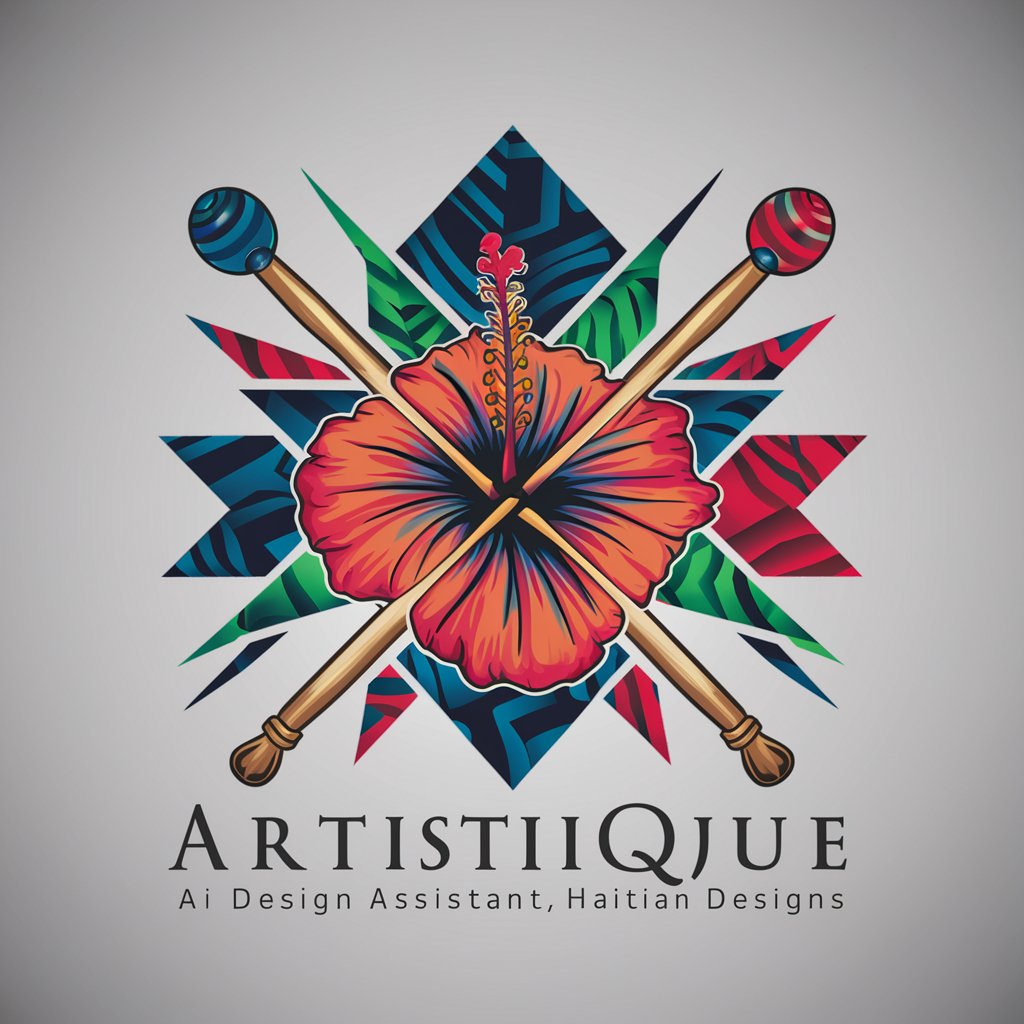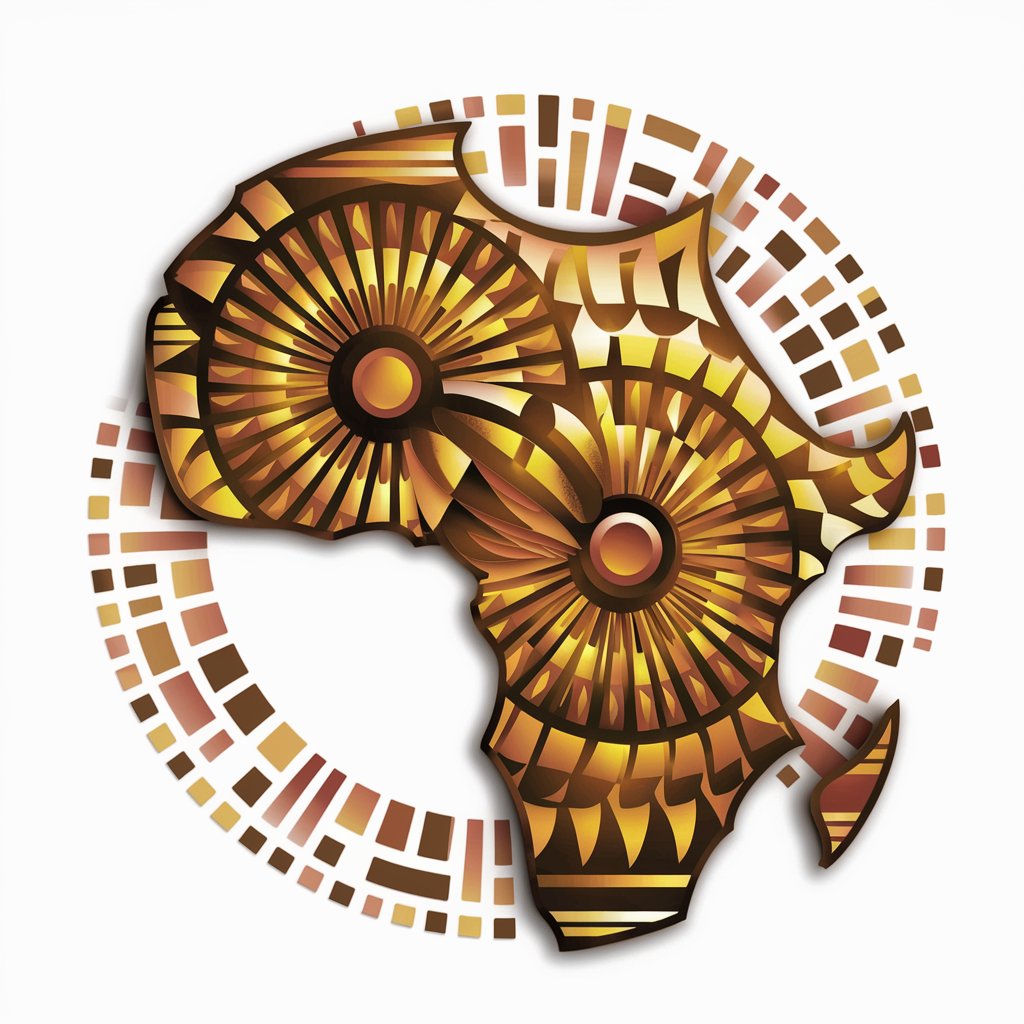8 GPTs for Cultural Design Powered by AI for Free of 2025
AI GPTs for Cultural Design encompass advanced generative pre-trained transformers tailored for tasks within the cultural sector. These tools are adept at understanding and generating content related to cultural nuances, trends, and expressions, making them invaluable for creating culturally relevant designs, narratives, and analyses. By leveraging machine learning and natural language processing, they provide bespoke solutions that enhance creative processes, research, and content development in cultural contexts.
Top 7 GPTs for Cultural Design are: Ukrainian Essence Artist,Design Maven,Designer,Fantasy Forge,龙凤纹样图案生成器Dragon and Phoenix Pattern Generator,AFRICAN PATTERNS - MOTIFS AFRICAINS,Eco Chic Designer
Ukrainian Essence Artist
Empowering images with Ukrainian spirit

Design Maven
Empowering design decisions with AI

Designer
Empowering cultural design creativity with AI

Fantasy Forge
Craft your fantasy realm with AI

龙凤纹样图案生成器Dragon and Phoenix Pattern Generator
Crafting Cultural Elegance with AI

AFRICAN PATTERNS - MOTIFS AFRICAINS
Design unique African patterns with AI

Eco Chic Designer
Designing Sustainability with AI

Key Attributes of AI GPTs in Cultural Design
AI GPTs for Cultural Design boast adaptability, enabling customization from basic to intricate tasks. They excel in language learning, offering extensive support in multiple languages and dialects, which is crucial for cultural inclusivity. Unique features include advanced technical support for cultural research, web searching for real-time cultural trends, image creation with cultural accuracy, and data analysis for cultural studies. These capabilities ensure that GPTs can serve a wide range of functions, from content creation to cultural analysis.
Who Benefits from Cultural Design AI GPTs?
AI GPTs for Cultural Design cater to a diverse audience, including novices passionate about cultural studies, developers creating culturally enriched applications, and professionals in cultural sectors seeking innovative tools. They are accessible to users without programming knowledge while offering advanced customization options for tech-savvy individuals, making these tools versatile for various expertise levels.
Try Our other AI GPTs tools for Free
Eco-Friendly Materials
Unlock the potential of eco-friendly materials with AI GPT tools designed for sustainable innovation. Accessible, adaptable, and integration-ready for a greener future.
Holiday Themes
Discover how AI GPTs for Holiday Themes revolutionize festive planning and celebrations with tailored content creation, innovative ideas, and seamless integration for all your holiday needs.
Bespoke Patterns
Discover AI GPTs for Bespoke Patterns: Tailored AI solutions for creating and analyzing unique patterns, designed to meet your specific needs with precision and creativity.
Question Optimization
Discover how AI GPTs for Question Optimization can transform your search queries into precise, focused questions for optimal information retrieval.
API Reference
Explore how AI GPTs for API Reference revolutionize the creation and management of API documentation, making it more efficient and user-friendly.
Solution Finding
Discover how AI GPTs for Solution Finding harness advanced technology to provide tailored, innovative solutions across various challenges, making complex problem-solving simpler and more effective.
Further Perspectives on Cultural Design AI GPTs
AI GPTs for Cultural Design revolutionize how cultural content is created, analyzed, and utilized, offering scalable, customizable solutions across sectors. Their user-friendly interfaces and integration capabilities with existing systems streamline workflows, enabling seamless adoption in various cultural contexts.
Frequently Asked Questions
What exactly are AI GPTs for Cultural Design?
AI GPTs for Cultural Design are specialized versions of generative pre-trained transformers that focus on generating and analyzing content related to cultural aspects, aiding in the creation of culturally relevant designs and narratives.
How do AI GPTs adapt to different cultures?
These GPTs leverage advanced machine learning algorithms to learn from a vast array of cultural data, enabling them to understand and generate content that resonates with specific cultural contexts and nuances.
Can non-technical users operate these AI GPTs?
Yes, AI GPTs for Cultural Design are designed with user-friendly interfaces that allow non-technical users to utilize their capabilities without requiring programming skills.
How can developers customize AI GPTs for specific cultural projects?
Developers can access the underlying code and APIs of these GPTs, enabling them to tailor the tools for specific cultural contexts or requirements, enhancing their applicability to diverse projects.
What unique features do these GPTs offer for cultural design?
These GPTs offer language learning, real-time cultural trend analysis, culturally accurate image creation, and specialized data analysis features, making them uniquely equipped for cultural design tasks.
Can AI GPTs generate culturally accurate images?
Yes, equipped with advanced image generation capabilities, these GPTs can produce visuals that accurately reflect cultural aesthetics, symbols, and narratives.
How do these tools assist in cultural research?
AI GPTs for Cultural Design can analyze vast amounts of data, identify cultural trends, and generate insights, significantly aiding researchers in understanding cultural dynamics and developments.
Are there any limitations in using AI GPTs for cultural applications?
While highly advanced, these tools may sometimes not fully grasp the depth of certain cultural nuances, requiring human oversight to ensure accuracy and sensitivity in cultural representations.